Join the author, Néstor T. Carbonell, as he shares a critical analysis of the Castro-Communist regime
and explores the challenges and opportunities that will likely arise when freedom finally dawns in Cuba.
CHAPTER 5: The Cloak and the Dagger—Joining the Exile Front (Mid-1960)
My first mission upon arrival in Miami was to spell out in a pamphlet what the Front stood for—its purpose and its mission. Varona also asked me to work with the planning committee, which had beentasked with drafting interim legislation for the post-Castro transitional government, based on Cuba’s democratic 1940 constitution.
The committee was like a minicongress composed of a select but diverse group of Cuban exiles—revolutionaries and politicians, businessmen and labor leaders, attorneys and former judges, professors and young graduates. Thanks to the able stewardship of the chairman, Ambassador Pedro Martinez-Fraga, an experienced parliamentarian and diplomat, we accomplished our mission in good time. When Don Pedro felt that we were enmeshed in long-winded, byzantine discussions (a notable Cuban propensity), he would ceremoniously remove his glasses and admonish us with an impish smile: «Stop splitting hairs and move on, lest our impatient friends on the banks of the Potomac present us with their own drafts … in English!»
THE OAS SAN JOSE CONFERENCE
In mid-August 1960, Varona, who was mainly focused on beefing up the underground movement in Cuba and seeking recruits for military training in Guatemala, asked me and a few other Front colleagues to attend the OAS Conference of Foreign Ministers in San Jose, Costa Rica. This high-level meeting was scheduled to address the threat of Soviet intervention in this hemisphere (meaning Cuba without naming it).
Given the highly polarized environment in Latin America, Washington thought that by taking a back seat (or «leading from behind» as pundits would say these days) and having another country (Peru) sponsor the OAS meeting, the United States would not be accused of bullying Castro—a puerile delusion as was soon borne out.
Our Front delegation, armed with journalist credentials, left Miami on a direct LACSA flight to San Jose. Our mission was to counter the myths and lies of the Castro revolution and point to the Communist threat it posed to the rest of the hemisphere. Upon our arrival, a pro-Castro security officer at the airport with a bushy mustache and an icy gaze subjected us to hostile interrogation. Alleging that we were going to incite disturbances, he ordered us to return to Miami on the same flight that had brought us to San Jose.
As the plane was preparing to take off, the order was countermanded thanks to the personal intervention of the director of the leading newspaper in Costa Rica and we were allowed to stay. We had no idea that on the way back to Miami the plane was scheduled to stop in Havana.
The following day the Miami Herald headlined our saga: «Exiles Have Close Call.» The story began: «Three exiled Cuban journalists, all known foes of the Fidel Castro regime, almost got sent to Havana by Costa Rican officials.»10
As we had anticipated, Castro’s minister of foreign relations, Raul Roa, a sardonic intellectual and consummate showman, said that Cuba had come to the meeting not as the defendant but as the prosecutor. Displaying pungent dialectics and wit, he charged the United States with more than fifty acts of aggression and intervention in Latin America since the start of the century, which he theatrically recited one by one. Then he argued that Washington had no legal or moral basis to indict Cuba for reserving its right to receive Soviet military support in the event of US aggression.
The United States was represented by Secretary of State Christian Herter, a tall, polished diplomat with a soothing voice and avuncular manner. His mission was to rally Latin American support to condemn the Soviet-backed Castro regime and provide a patina of legitimacy to the military action envisaged by President Eisenhower. Secretary John Foster Dulles accomplished something similar with the Declaration of Caracas passed by the OAS in 1954, just before the CIA launched its operation in Guatemala to overthrow Marxist president Arbenz. But Herter was no John Foster Dulles, an unabashed and muscular practitioner of carrot-and-stick diplomacy, nor had he prepared the terrain for a meaningful OAS resolution.
Herter tried to center the debate on the key issue of the commu-nization of Cuba and its hemispheric implications. His speech was a well-documented but lifeless brief lacking keen-edge arguments an rhetorical flourishes to rouse the Latins. It censured Castro but did not outline a convincing course of action to address the looming Soviet intervention in Cuba.
It was clear to the Front delegation that Herter had not impressed, must less swayed, the majority of the foreign ministers. We did our best to respond to Roa’s tirades in full-page ads carried by local newspapers, but this was not enough to turn the tide in our favor. What was most disconcerting was that the foreign minister of Peru—the very same country beckoned by the United States to request the OAS meeting-was only recommending mediation between the United States and Cuba as if the crisis had sprung from bilateral issues.
To complicate matters, the influential Venezuelan foreign minister (a vocal Castro sympathizer) was sponsoring, with considerable backing, a resolution that would warn the United States and the Soviet Union not to intervene in Cuba. The not too subtle inference was that both were equally at fault.
Absent strong US leadership, we felt, the situation would get out of hand. Finally Washington woke up and decided to flex its muscle. The presidents of Peru and Venezuela were pressed to remove their wayward foreign ministers on the spot (they did), and the United States was able to muster the necessary votes to pass a tepid resolution declaring that the acceptance by any American state of a potential extracontinen-tal intervention threatened the security of the hemisphere and would oblige the OAS to oppose it.
Even though the resolution, known as the Declaration of San Jose, had no teeth and didn’t even mention Cuba, Castro’s foreign minister, Roa, refused to sign it and decided to walk out. As he and his aides abruptly left the conference chanting anti-US slogans, a stirring shout of «Cuba, si. Comunismo, no» rocked the theater. It was our group responding to Roa’s diatribes and waving a large Cuban flag from one of the balconies. We wanted to show, at least symbolically, that the Castro delegation did not represent freedom-loving Cubans.
I CASTRO’S GAME PLAN
The pusillanimity of the foreign ministers in Costa Rica, who only obliquely touched on the Cuba-Soviet issue, further emboldened Fidel Castro. At a huge mass rally in Havana, he heaped scorn on the OAS— dubbed the «Ministry of Colonies of the United States»—tore up the insipid Declaration of San Jose, and issued his own Declaration of Havana, ratifying Cuba’s acceptance of Soviet military support.
As a wily manipulator of public opinion, Castro’s strategy was simple but very effective. He constantly provoked, vilified, and abused the United States, and when Washington responded to his egregious challenges, he would play the role of David seemingly victimized by the implacable Goliath of the North.
As noted by writer and historian Theodore Draper, «By waiting for the opportune occasion, every aggressive action can be made to appear in a defensive light.» He added, «Fidel Castro and his inner circle have never been innocent victims of circumstances; they have always been the engine of this revolution in perpetual motion; they have leaped at one pretext or another to do what they wanted to do; they have incessantly increased their power by taking the initiative against their enemies and relentlessly pressing the advantage.»11
Here’s an example of Castro’s technique of deliberately jabbing the United States and then yelling foul play or aggression when Washington reacted to defend its interests:
On June 11, 1960, Castro demanded that three US- and British-owned oil refineries in Cuba process two barge loads of Soviet crude oil—this after piling up a large overdue debt of $16 million for previous oil imports from other sources and $60 million for refining. When the three companies refused to take Russian oil, the Castro regime seized their assets.
Then on July 6, when Washington, in retaliation, partially cut Cuba’s three-million-ton US sugar quota by seven hundred thousand tons—about the same amount that Moscow had agreed to buy from Cuba at prices well below those obtained by the United States—Castro accused Washington of economic aggression aimed at destroying the Cuban Revolution. To compensate for the losses brought about by the alleged aggression, he confiscated in early August a large number of US businesses including thirty-six sugar mills. (This was but the first wave of confiscations of US properties in Cuba with an estimated present value of $8 billion.)
Castro set off the US-Cuban feud and kept it going for several reasons. First, it served as a pretext to align Cuba with the Soviet bloc and Red China and to receive large quantities of arms and military experts. The alignment was formalized with close to seventy economic, political, cultural, and strategic agreements during the period 1960-61.
The feud also enabled Castro to maintain a virtual state of emergency in Cuba to guard against the purported perennial threat of US aggression. The siege mentality that he instilled in the population facilitated the regimentation of life under stringent totalitarian rule.
Finally, battling the United States, fearless and unbowed, gave Castro the heroic anti-imperialist mantra to fire up the radicals throughout the continent and spread his revolution. During the first half of 1960, some fifteen members of Castro’s foreign service were accused of intervening in the internal affairs of various Latin American republics and declared personae non grata. In most cases, they used the Cuban embassies as centers for Marxist propaganda, espionage, and subversion.
THE AUGUST 18 WHITE HOUSE
MEETING ON CUBA
The purpose of the meeting was to update the president on the Cuba covert plan. In attendance were Allan Dulles and Richard Bissell of the CIA, the national security adviser, the secretaries of Defense, State, and Treasury, and several generals from the Pentagon.
The review touched on the Front anti-Castro leaders. Although Dulles called them «prima donnas» without having met them, he assured the president that all of them were «favorably known in Cuba» and «were non-Batista-ites.» Regarding the proposed paramilitary operation, Dulles reported that the training of twenty or thirty instructor cadres had been finished in the Panama Canal Zone, and they would now go to Guatemala to instruct about five hundred Cubans. «He indicated there will be a need for some air force trainers and logistic support people. These would be [US] military personnel [fifteen or twenty in all] under cover.»
Bissell intimated that a standby force, preferably of non-Americans, may be required for the later action phase. He also advised the group that if local resistance (the anti-Castro US-trained force) was unable to accomplish the mission, there may be a need for air action and the possible occupation of the Isle of Pines in Cuba for a base of operations.
When the secretary of defense Thomas Gates asked whether US officers and men would be involved in the backup force, Dulles dodged the query and missed a great opportunity to discuss that likely contingency. He insisted that a decision on the backup force be deferred.
The national security adviser Gordon Gray, sensing reluctance to face up to this critical issue, «pointed out that it would be unwise to mount any kind of an operation without the determination to see it through, and that an abortive effort would be worse than no effort at all.»
President Eisenhower was even more emphatic. He said that he «would go along [with any proposed plan] so long as the Joint Chiefs, Defense, State, and the CIA think we have a good chance of being successful.» Regarding the need to increase the budget for the operation, he indicated that «he wouldn’t care much about the kind of cost; indeed,… he would defend this kind of action against all comers, and that if we could be sure of freeing the Cubans from this incubus [less than one line declassified], it might be a small price to pay.»12
| Anti-Castro Guerrillas in Cuba
Inside the island, Fidel Castro’s popularity was rapidly declining as a result of his draconian measures, from massive confiscations to the obliteration
of the free press to arbitrary executions and arrests. Widespread discontent was compounded by the manifold disruptions produced by Fidel’s totalitarian reengineering of society. The government-support programs designed to alleviate the crisis while creating state dependency (food supply, housing, health care, and education) had not yet been fully implemented. In that chaotic environment, nothing seemed to work other than propaganda, which was relentless; spying, which was pervasive, and military training, which was mandatory.
Still, the Castro regime, though vulnerable, was not in danger of unraveling or of being toppled from within. According to the US Embassy in Cuba, Castro could at least count on the hard-core support of 15 percent to 25 percent of the population.13 This segment comprised not only the registered Communists and the direct beneficiaries of the regime’s perks (the so-called «New Class») but also militant youngsters inflamed by the revolution; pliant intellectuals; and regimented workers. With the additional backing of his reconstituted army and newly formed people’s militias, Fidel was not too concerned about the growing underground movement engaged in sabotage. Nor was he particularly alarmed by the anti-Communist guerrillas who were springing up in the mountains, mainly in the Escambray cordillera, in the south central region of Cuba.
Those freedom fighters were a mix of purged officers of the pre-Castro army, local farmers whose properties had been confiscated, and former guerrillas who had fought alongside Castro and who now opposed the Communist takeover.
Although the insurgents (about a thousand during the last quarter of 1960) lacked unified command and arms, they knew the area well and were backed by the largely sympathetic guajiros (peasants). Castro initially underestimated their staying power and potential to grow, dubbed them «bandits,» and only threw against the insurgents’ unseasoned militias with not many soldiers to round them up. They failed and had to be replaced with a much larger, experienced contingent.
The CIA strategists correctly surmised that they only had a window
of a few months to bolster the insurgents before Castro mobilized overwhelming forces against them. Sure enough, with the guidance of about four hundred Soviet military and KGB experts stationed in the nearby military compound of El Condado, Castro launched in early 1961 a scorched-earth offensive against the rebels, who had soared to over three thousand guerrillas, backed by several thousand active supporters.’4 Other estimates were higher. To cut off their supply lines, the regime uprooted most of the peasant families living in the area and dragged them into concentration camps. Many of the guerrilla prisoners were tortured and executed.
Given these developments inside Cuba, the CIA rapidly built two bases in Guatemala. One of them, called «Trax,» was located on a coffee plantation surrounded by steep mountains not far from the western town of Retalhuleu. It served for guerrilla and later infantry training. The other, «Rayo,» an air force base constructed on flat terrain with a forty-eight-hundred-foot asphalt runway, was thirty-three miles from the Pacific coast of Guatemala, very close to Retalhuleu. Both bases were under CIA command, assisted by US military officers on loan.
While Trax trained what eventually became the invasion brigade, Rayo focused initially on preparing some fifty-eight Cuban pilots to drop weapons and ammunitions to the anti-Castro guerrillas operating in the Escambray Mountains. By the end of September 1960, the C-46 and C-54 transport squadrons at Rayo were ready for action. But they faced enormous hurdles.
As described by Captain Edward B. Ferrer, one of the Cuban pilots involved in the operation, they had to fly «over the mountains of Guatemala, the highest peaks in Central America at over 13,000 feet, in antique, World War II, unpressurized, propeller-driven aircraft, at night, fully loaded, with no … sophisticated navigational system [or reliable radio beacons].» The round trip of sixteen hundredtojeighteen hundred nautical miles took from eleven to fourteen hours depending on the type of aircraft and weather conditions.15
Worse still, there was no direct communication between the
guerrillas and the Rayo air force base. As noted by Ferrer, «When the guerrillas requested an airdrop, they used an intelligence network operating between Cuba and the United States. The agents in the United States would then inform the advisers at Rayo of the date, time, and place of the scheduled drop. If for any reason the guerrillas had to move, there was no way for us to know.» Not surprisingly, most of the supply airdrops did not reach the guerrillas.16
This awkward, inefficient method of operation was the outgrowth of the delusion that primitive facilities and flawed execution would serve to mask Washington’s involvement. The unrealistic US goal of plausible deniability would hang like an albatross around the neck of CIA planners throughout the various phases of the Cuba covert operation.
But in the case of the Escambray episode, a most disturbing factor may also have accounted for the lack of full and sustained support of the anti-Castro guerrillas. According to Colonel Fred D. Stevens, who was US air attache at the embassy in Havana until diplomatic relations were severed in January 1961, Washington key players let the Escambray dry up because they had no control of the insurgents and questioned their ideology and political allegiance. In Colonel Stevens’s opinion, the abandonment of the guerrillas was a shortsighted and heartless decision with grave consequences for the cause of a free Cuba.17
Some have challenged this serious charge, but what is unquestionable is that by November 1960, when the besieged insurgents were being assailed by Castro forces and the Soviet Union had increased its arms shipments to Cuba, the CIA covert operation shifted from infiltrating teams geared for guerrilla warfare to launching an amphibious and airborne assault.
| The Politicization of the Cuba Issue
During the 1960 presidential campaign, there were two hot foreign policy issues: the so-called «missile gap» with the Soviet Union (the reverse
was actually the case) and the rising threat of a Communist Cuba buttressed by the Soviet bloc. The Castro-Khrushchev public embrace in New York during the September UN General Assembly, and their synchronized vitriolic speeches against the United States, underscored the danger posed by their sinister alliance.
Senator John F. Kennedy, running for president against Vice President Richard Nixon, took advantage of the inflammatory Cuba issue to accuse the Eisenhower administration of dereliction of its responsibilities for «permitting a Communist satellite only ninety miles from the shores of the United States.» Even though CIA director Dulles had twice briefed Kennedy on the overall strategy and ongoing plans to overthrow the Castro regime, the young Democratic candidate taunted Nixon: «Those who say they will stand up to Khrushchev have demonstrated no ability to stand up to Castro.»
Kennedy later doubled down with this statement: «We must attempt to strengthen the non-Batista democratic anti-Castro forces in exile, and in Cuba itself, who offer eventual hope of overthrowing Castro. Thus far these fighters for freedom have had virtually no support from our government.»
Nixon was infuriated by Kennedy’s foul play, which put him in a bind. He was unable to defend the Eisenhower administration—and himself—without revealing the anti-Castro plans that were, in fact, under way. To safeguard the covert operation, he rejected Kennedy’s «irresponsible and reckless» proposal that would be condemned by the UN and invite Khrushchev’s intervention in Cuba. To address the Castro threat, Nixon could only point to the Eisenhower administration’s limited trade embargo, ridiculed by Kennedy «as too little, too late.»18
Nixon’s perceived weakness on Castro, despite having championed the paramilitary plan to topple him, may have cost him the election. And Kennedy’s opportunistic bravado, publicly advocating*^ support to overthrow the Cuban dictator, came back to haunt him shortly after he became president. Such are the startling ironies of history.
§ The November 29 White House Meeting on Cuba
Although the anti-Castro covert plan had already shifted from the infiltration of guerrilla-trained Cuban exiles to the launch of a combat-ready expeditionary force,19 President Eisenhower was critical of the slow progress that had been made. He echoed the concerns conveyed to him by his good friend, former ambassador William D. Pawley, namely, that the «500 [Cuban exiles] now in training should be increased to at least 2,000» and that the disjointed committee overseeing the covert operation «should have a strong Executive.»
The president agreed that it was impossible to train the force in the United States with any hope of keeping it under wraps and felt that it was not feasible at the time to recognize a Cuban government in exile, but he dismissed the State Department’s worry about «shooting from the hip.» In fact, he thought that «we should be prepared to take more chances and be more aggressive.»
There were two points that Eisenhower stressed at the meeting. First, given the impending transfer of the executive responsibilities to President-Elect Kennedy, he said that «we would not want to be in a position of turning over the government in the midst of a developing emergency.» Hence his desire to be bolder and nimbler in recasting and advancing the operation, which he planned to review with Kennedy on December 6.
The second point Eisenhower underscored was the need to select immediately a very senior government official who would coordinate all aspects of the larger-scale operation—intelligence, military, and diplomatic relations with the Front—and report to the president.20
The «coordinating chief,» subsequently appointed as deputy to Assistant Secretary of State for Inter-American Affairs Thomas Mann, was Whiting Willauer, US ambassador to Costa Rica and, previously, to Honduras. Apart from his diplomatic background, Willauer had gained considerable air force logistics experience during World War II as assistant to the president and executive secretary of China defense
supplies, which became the principal backstopping agency for General Claire Chennault’s Flying Tiger operation during the war. Willauer later played a key role in supporting the CIA-led Guatemala paramilitary action against President Arbenz.
I
Tony Varona’s November 29 Meeting at the State Department
The very same day that President Eisenhower reviewed the anti-Castro operation at the White House, Tony Varona, head of the Front, was received at the State Department. He had requested a meeting with Assistant Secretary of State Thomas Mann but was granted an audience with midlevel officials empowered only to listen, raise questions, and take notes.
Varona, although miffed by the apparent snub, decided to go on with the meeting. There were more important issues to air than title and rank. Not known for diplomatic niceties, Tony was very direct, if not blunt, in stating his position on the Cuba situation and on discussing what the Front expected of the US government to address the Castro-Communist threat and hasten the liberation of Cuba.
During the meeting, which lasted two hours and twenty minutes, Varona covered a lot of ground. The declassified minutes summarize his views but do not record any comments or observations made by the impassive officials.
Varona made several key points. Given the ongoing training of Castro’s armed forces and militias—which training was progressively raising their level of discipline and efficiency—and the increasing shipments to Cuba of Soviet arms and military personnel, Varona said, «It is essential that the opposition forces mount their attacks at the earliest possible moment. … Time is running against us, and it js-afnllusion to believe that economic hardship will ever, by itself, achieve the objective which is sought.»
He shrugged off as impractical the idea considered by the CIA of
launching an invasion to take the Isle of Pines, an area reportedly defended by twenty-five hundred Castro fighting men. Varona correctly pointed out that «after seizing the island, presumably at a heavy cost, the invading forces would still be faced with the major task of launching still another invasion against the mainland of Cuba.»
As a better alternative, the exile leader outlined his proposed plan: «A force of 2,000-3,000 men [US-trained Cuban brigade along with the Front heads] should be put ashore in Cuba, should take control of an area, consolidate their hold over it, and declare themselves the new government of Cuba. The existence of such a controlled area, in the nature of a safe haven, would ipso facto encourage large-scale defections of Castro’s forces.» With his customary emphatic style, Varona added, «It would then be incumbent upon the United States to recognize the newly established government and actively and effectively support it.»
When asked if he meant by this the actual dispatch of United States troops or just equipment, Varona didn’t mince words. He explicitly responded that he meant both. Near the end of the conversation or quasi monologue, «he repeated his personal conviction that Castro [would] be overthrown only by a major military effort, and that armed intervention by the United States with men and equipment would prove unavoidable.» No one at the meeting contradicted Varona or disabused him of that expectation.21
I
The Eisenhower-Kennedy Transition (January 3-19,1961)
At the start of 1961, Castro yet again brazenly provoked Washington. On January 3, at 1:20 a.m., the Cuban Ministry of Foreign Relations in Havana sent a telegram to the charge d’affaires at the US Embassy informing him that the total number of personnel at the US Embassy and Consulate must not be more than eleven persons. The telegram further stipulated that the personnel exceeding that limit had to leave the island within forty-eight hours.
Eisenhower did not delay his response to that riling diktat. After telling his advisers at an emergency meeting that morning that the United States «should not tolerate being kicked around,» he proceeded to break diplomatic relations with Cuba. The president, however, wanted to go beyond that. He was eager to finish the job of helping to overthrow the Castro-Communist regime before leaving office on January 20. But since not enough Cuban exiles had yet been recruited and trained to launch the planned assault, he was prepared to intervene unilaterally if the Cuban regime provided him a really good excuse. Failing that, the president said, perhaps the United States «could think of manufacturing something that would be generally acceptable.»22
In the end, the president agreed that the ongoing CIA operation was the best course, and he instructed Dulles and Bissell to increase with a sense of urgency the size of the force being trained in Guatemala.
In the meantime, Ambassador Whiting Willauer, who had been appointed as coordinator in chief of the operation, held an interdepartmental meeting on January 11 at the office of the chief of naval operations to assess the plan developed by the CIA for an invasion of Cuba. This was the first time that the plan had been reviewed by working-level officers of the Joint Chiefs of Staff.
For seven days—from the January 11 to January 18—the Interdepartmental Working Group on Cuba, representing the CIA, the State Department, Defense, and the Joint Chiefs of Staff (JCS), reviewed the plan and produced several papers that summarized the discussions, posed questions, and formulated recommendations. Although there was not enough time before the Kennedy inaugural on the twentieth to blend the respective views of the CIA and the Defense Department and incorporate them into a single document, there seems to have been general concurrence at least on the following key points:23
1. Timing
The CIA reported that «while the support of the Castro government by the Cuban population is deteriorating rapidly and time is
working in our favor in that sense, it is working to our disadvantage in a military sense.» According to US intelligence, as many as one hundred Castro pilots were undergoing jet flight training in Czechoslovakia, and the appearance of modern radar throughout Cuba indicated a strong possibility that Castro would soon have an all-weather jet intercept capability. Further, the Soviet bloc was shipping to the island vast quantities of military equipment, including medium and heavy tanks, field artillery, heavy mortars, and antiaircraft artillery, along with military experts and trainers. MiG fighter planes were expected to arrive shortly.
Based on that report, the Interdepartmental Working Group believed that it was not realistic or advisable to postpone the operation, say, for seven months, in order to recruit and train a much larger force of Cuban exiles and possibly Latin American volunteers (five thousand to ten thousand strong). The rationale: it would be very difficult to unseat a Soviet-backed Communist regime, once consolidated, without a major US military intervention.
2. Invasion
An amphibious-airborne force of Cuban exiles trained in Guatemala (seven hundred fifty men at the time, increasing to about fourteen hundred by D-Day) would seize and defend a small lodgment on Cuban soil near a terrain propitious for guerrilla warfare in case the landing failed to ignite a sizable uprising.
3. Air cover
Control of air lanes and sea-lanes in the landing area was viewed by the group as an absolute requirement. «The Cuban Air Force and naval vessels capable of opposing our landing must be knocked out or neutralized before our amphibious shipping makes its final run into the beach. If this is not done—the Group emphasized—we will be courting disaster.»
3c«. i iv/pi 11: i i-tt UAUfN l iing PAS I
The group also noted that «the idea of air strikes beginning three days before D-Day has been killed [as that would give Castro too much advance notice of the invasion], and a strike beginning the day before D-Day has now been accepted [by the group].»
It was pointed out, particularly by Willauer, that there was a need for US jet fighters to provide top-level air cover for the low-level strafing by the B-26 bombers that were assigned to secure the beachhead.24
4. US military support
The lodgment seized by the invasion force would be used as the site for the establishment of a Free Cuba provisional government, which would be promptly recognized by the United States and several Latin American states and given overt military assistance. The prevailing view of the group was that US support (at least logistics) shortly after the landing was necessary to break out of the beachhead, stimulate an uprising, and topple the regime. At that stage, the command of the operation would shift from the CIA to CINCLANT (commander in chief of the US Atlantic Fleet).
As we shall see, these plausible recommendations, which may have averted the Bay of Pigs disaster, were not heeded by the incoming administration.
| Eisenhower’s Parting Counsel
On January 19, the day before Kennedy’s inaugural, Eisenhower met with him at the White House together with their principal advisers. When the issue of Cuba came up, Eisenhower stressed thatjlae United States must not allow the Castro-Communist regime to continue to exist in Cuba. He counseled that the training of anti-Castro forces in Guatemala be continued and accelerated, and urged the Kennedy administration to «help such forces to the utmost.»25
CHAPTER 6
I Inside a Doomed Expedition: The | Bay of Pigs (January-April 1961)
Shortly after Kennedy took office, his New Frontier executive team proceeded to reassess the proposed Cuba paramilitary plan. The key players were Robert McNamara, secretary of defense; McGeorge Bundy, national security adviser; Dean Rusk, secretary of state; Chester Bowles, undersecretary of state; Thomas Mann, assistant secretary of state for inter-American affairs; Ado
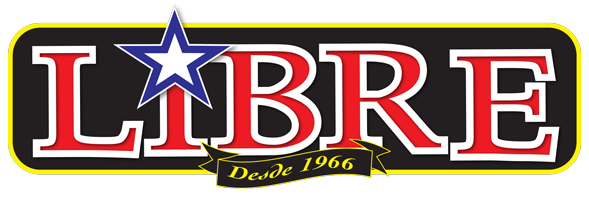


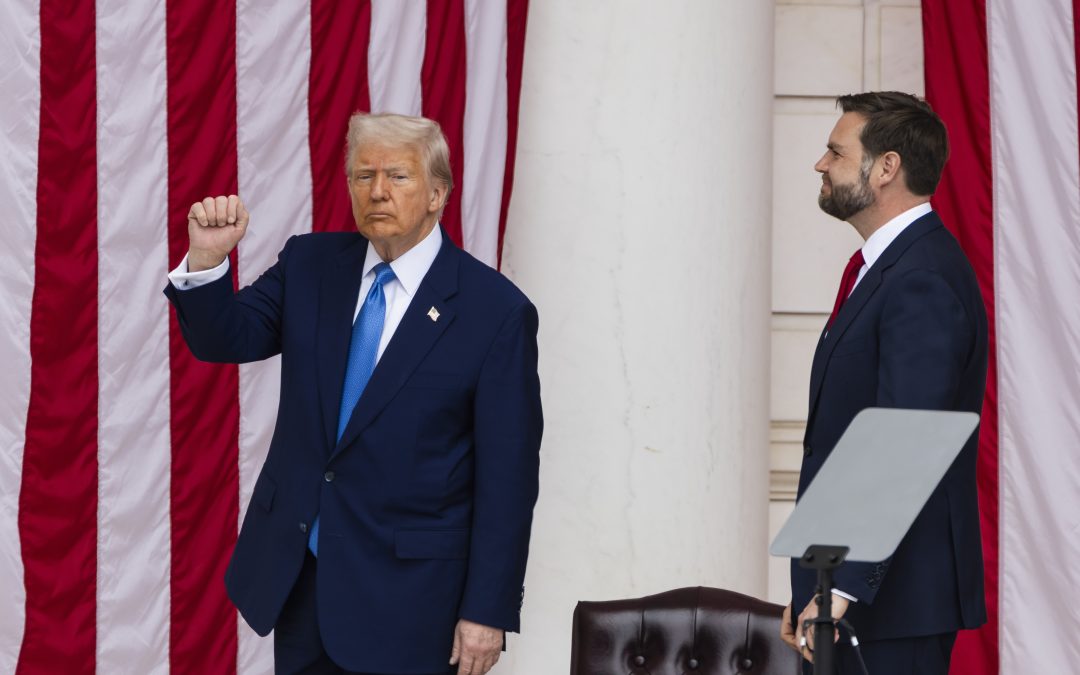
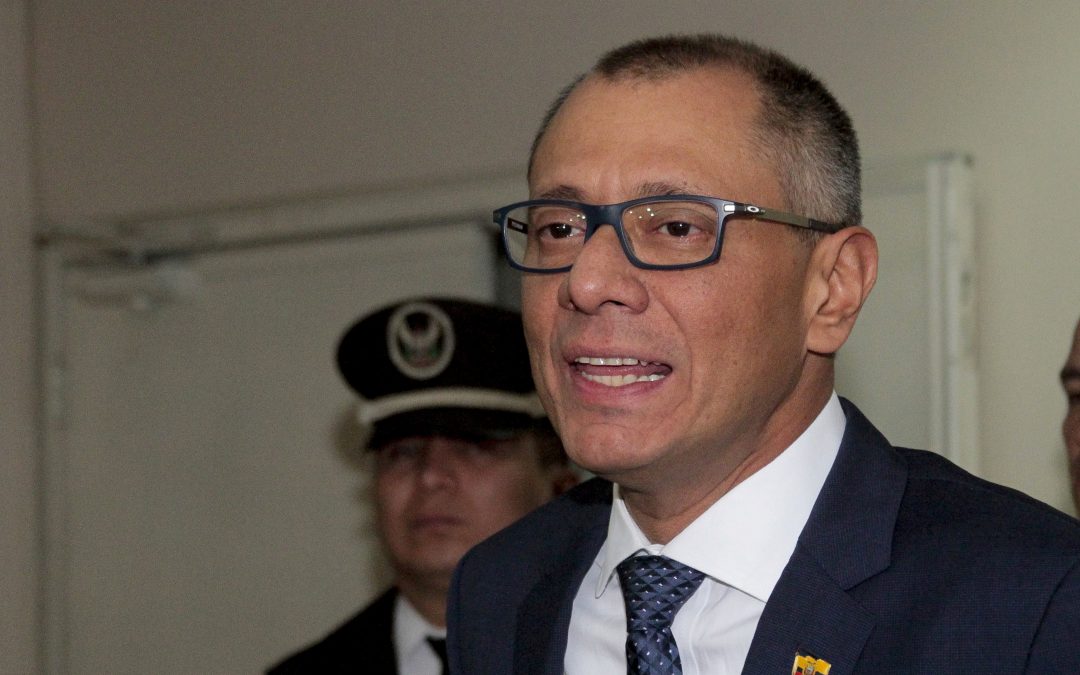
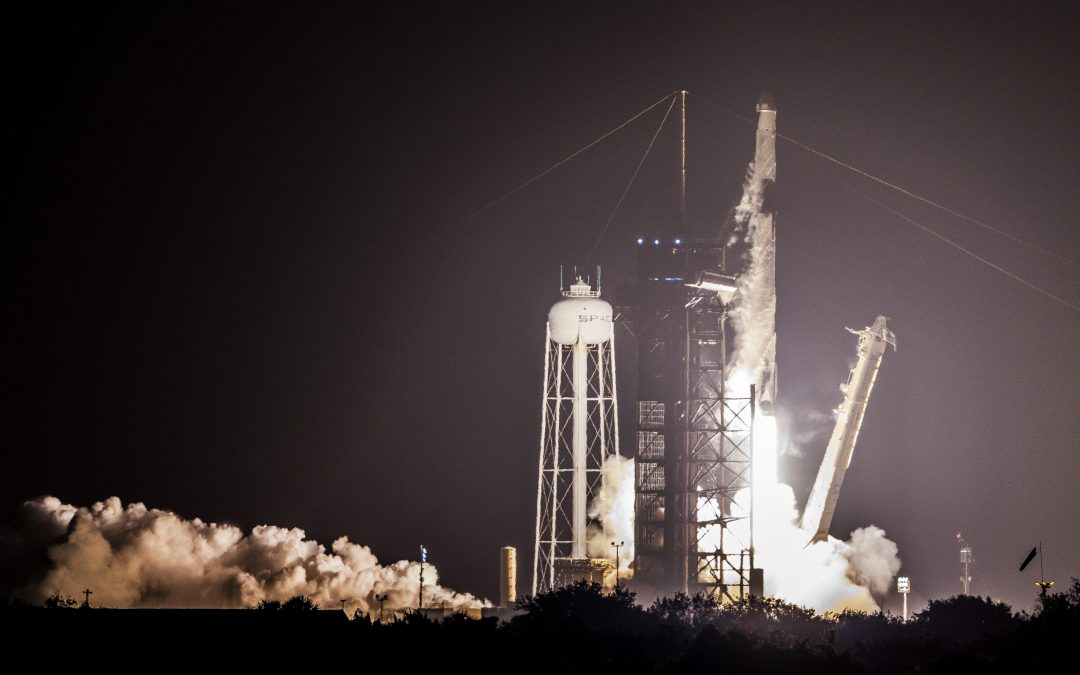
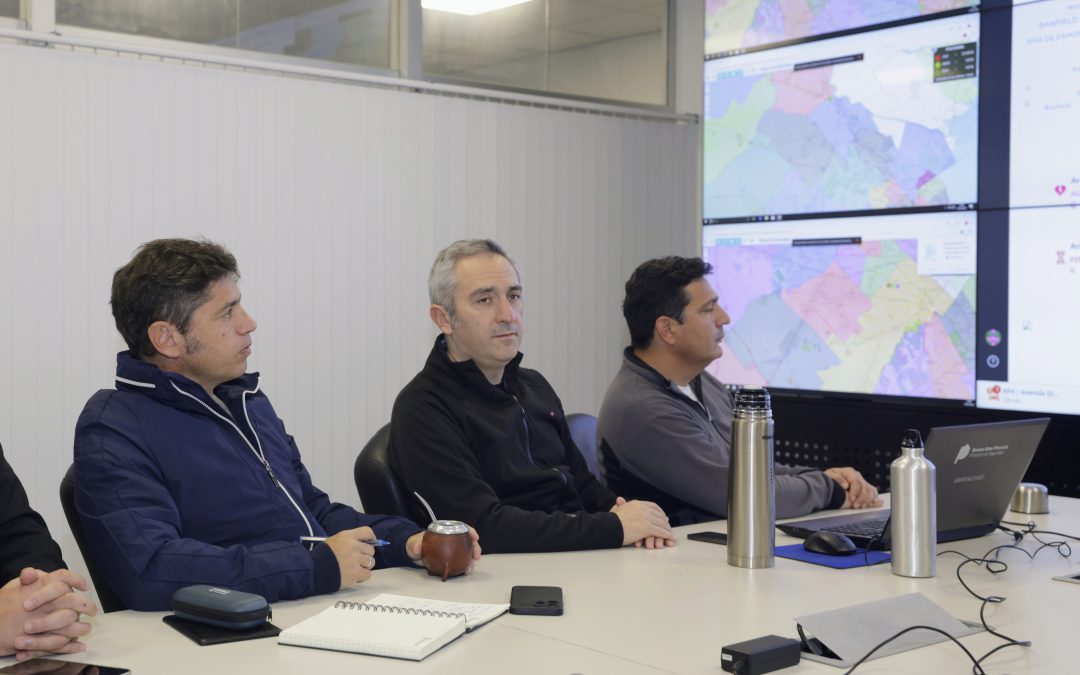

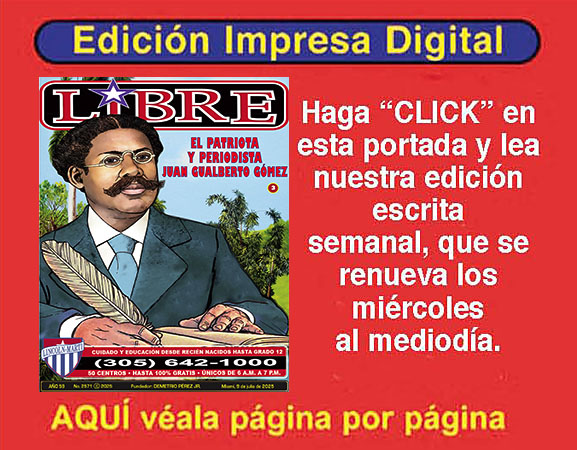

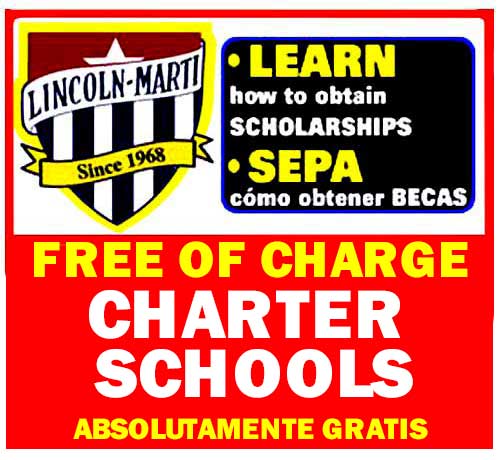
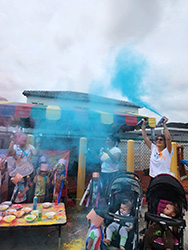
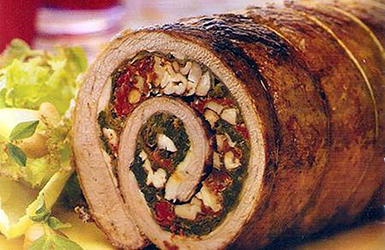
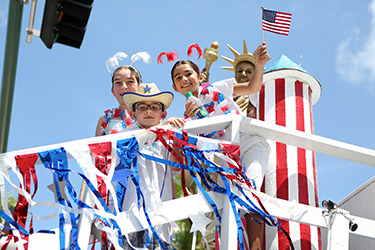
0 comentarios